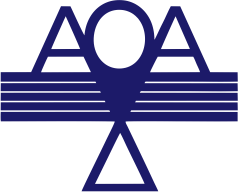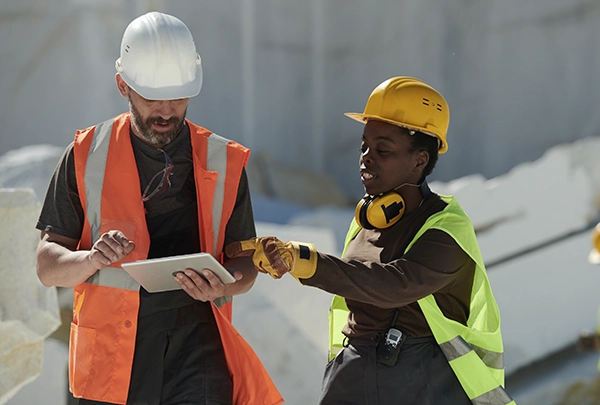You don’t leave quality to chance in any successful construction project. Success is the result of careful planning, consistent supervision and intentional oversight from start to finish. Without proper checks at each stage, projects risk running into problems like design errors, construction defects, missed deadlines or costly rework. This is where construction oversight plays a critical role.
Construction oversight refers to the structured process of monitoring, inspecting and guiding all phases of a construction project to ensure compliance with design specifications, safety standards and client expectations. It is the glue that holds the entire project together, maintaining accountability and driving quality outcomes.
This article explores how project supervision and oversight contribute to successful delivery, and how they can be effectively implemented in both small and large projects.
Why Construction Oversight Matters
Construction projects are often complex, involving multiple teams, subcontractors, schedules and materials. Without a system in place to oversee activities on-site and off-site, small issues can grow into serious challenges. These include structural failures, material mismatches or safety incidents that not only delay completion but increase overall costs.
Rigorous oversight ensures that the right materials are used, correct methods are followed, timelines are met and quality standards are upheld throughout the project. This not only protects the investment but also builds trust with stakeholders and end users.
According to the American Society of Civil Engineers (ASCE), quality assurance and project supervision are essential for long-term infrastructure performance and public safety.
Key Components of Effective Construction Oversight
To ensure quality in every phase, construction oversight should be systematic and well-coordinated. Here are the key components of an effective supervision strategy:
1. Pre-Construction Planning and Documentation Review
Oversight begins before the first brick is laid. So at the planning stage, the supervision team reviews architectural drawings, engineering designs and project specifications to ensure clarity and accuracy. Any inconsistencies or potential constructability issues are flagged early, reducing delays during construction.
Additionally, planning involves reviewing permits, environmental regulations, utility arrangements and health and safety policies. These help the team anticipate risks and prepare mitigation strategies.
2. Daily Site Supervision
During construction, daily oversight ensures that work is progressing according to plan. This involves site inspections, tracking material deliveries, confirming that approved methods are used and ensuring safety measures are followed.
Experienced supervisors observe workmanship in real time, provide on-the-spot corrections and prevent small mistakes from escalating. This presence reinforces accountability and keeps contractors aligned with project goals.
The Construction Management Association of America (CMAA) notes that consistent field supervision is one of the most important factors in ensuring successful project outcomes.
3. Quality Control and Material Testing
Construction oversight goes hand-in-hand with quality control. This includes regular material testing, equipment inspections and verification that construction matches approved specifications. Any deviation from the approved materials or standards is immediately addressed.
Testing can include soil compaction tests, concrete strength analysis, structural load checks and waterproofing integrity tests, depending on the project type. These evaluations reduce long-term maintenance issues and increase the lifespan of the finished structure.
Independent testing agencies and certified labs often support this process, adding a layer of objectivity and compliance.
4. Communication and Documentation
Good oversight includes detailed documentation and open communication. Every inspection, meeting and change must be logged and shared with relevant parties. Accurate records help in tracking progress, resolving disputes and verifying completed work for approvals.
The use of digital platforms like Procore, PlanGrid or Buildertrend can streamline this process, allowing supervisors to document findings and upload real-time photos and reports that are accessible by all stakeholders.
This level of transparency supports decision-making, especially when issues arise or scope changes are proposed.
5. Final Inspections and Handover Checks
As the project nears completion, final inspections are conducted to ensure that all components are functional, clean and compliant with codes and client expectations. This phase involves reviewing punch lists, mechanical systems, finishes and safety requirements.
Construction oversight teams also assist in preparing the necessary certifications and warranties, supporting a smooth handover to building owners or facility managers.
By confirming every detail before occupancy, you reduce the risk of post-construction issues significantly.
How to Improve Your Oversight Practices
To get the best results from construction oversight, project owners and contractors should:
- Appoint experienced and certified site supervisors
- Develop clear oversight protocols and checklists
- Use technology for documentation and reporting
- Encourage continuous training for on-site staff
- Conduct regular team reviews and feedback sessions
These practices help make oversight a culture, creating a sense of ownership among team members and improving collaboration across departments.
For projects that involve soil, terrain or structural complexities, AOA Geo-Net provides detailed geotechnical insights and expert field supervision to help you build safely, efficiently and with confidence.




